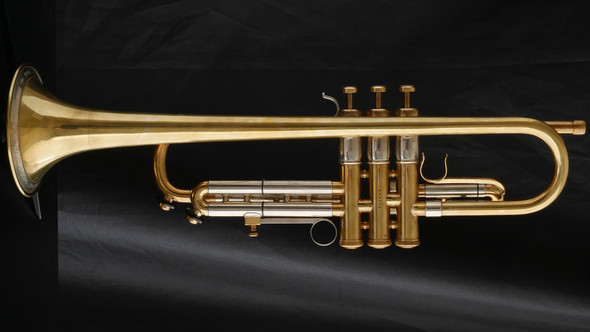

>Craig - if you look at the FULL path, you'll see that all 3 posts came TEP251Sax has the following path: ********* >the same person attempting to boost his career by praising himself under aĬraig - if you look at the FULL path, you'll see that all 3 posts came

Is it not likely that TEP251SAX, PREZ2U4385 and PaloAlto97 are all Clark of Four Winds Music, my favorite wind instruments >which they can use in addition to their official "screen name". >I understand that AOL allows its users to have "aliases", alternate names > replies to PREZ2U4385 without quoting any of PREZ2U4385's text, >3) PaloAlto97, alto posting from America Online in mostly all-lowercase > replies, without quoting any of Tim's text, to praise Tim's playing. > with occasional ALL CAPS PHRASES and no spaces between sentences, >2) PREZ2U4385, also posting from America Online in mostly all-lowercase > quoting any of the text from the preceding message.

> between sentences, posts to a thread in this newsgroup, but without > all-lowercase, but with occasional ALL CAPS PHRASES, and no spaces >1) TEP251SAX (Tim Price), posting from America Online in mostly The same person attempting to boost his career by praising himself under a Clark of Four Winds Music, my favorite wind instrumentsĭealer. Which they can use in addition to their official "screen name". I understand that AOL allows its users to have "aliases", alternate names Replies to PREZ2U4385 without quoting any of PREZ2U4385's text, Replies, without quoting any of Tim's text, to praise Tim's playing.ģ) PaloAlto97, alto posting from America Online in mostly all-lowercase With occasional ALL CAPS PHRASES and no spaces between sentences, Quoting any of the text from the preceding message.Ģ) PREZ2U4385, also posting from America Online in mostly all-lowercase Tailor your equipment around the job that YOU are doing, and it will take you farther than playing what works for someone else’s job.1) TEP251SAX (Tim Price), posting from America Online in mostlyĪll-lowercase, but with occasional ALL CAPS PHRASES, and no spacesīetween sentences, posts to a thread in this newsgroup, but without Strive for your best possible sound, and don’t worry about it too much. That made the choice easy for me as a kid since I couldn’t afford new equipment! It ended up being a great choice since I excelled in the genre and loved the music.įor all the amateurs out there, play what is most comfortable for you and work with it. The jazz and commercial teachers didn’t care what equipment you showed up with as long as it worked and you sounded good on it. When I was growing up, there were several choices of teachers I could have studied with - the orchestral teacher would not accept you in his studio unless you bought a large bore Bach and a 1C mouthpiece. Different equipment for different jobs, and different faces! This is one of the many reasons I did not want to live in the orchestral world where people are so focused on one specific horn/mouthpiece combination for no real reason other than “insert famous player here” used it. Also, you have to consider the job that you’re doing - playing in a commercial setting has different needs than an orchestral setting. I sound the same on a 1.5 as on a 3, but have to work a whole lot harder for it.
#Buescher true tone trumpet care pro
imho, the 1.5C is the pro standard to achieve, with larger being a matter of individual strength. I think pros should strive for 'the sound', and this means working hard to develop the chops needed to perform on a mouthpiece larger than a 3C. With a 1.5C, I have no trouble to fill a concert hall with a 'teutonic' sound. In my case, a 1.5C definitely gives a bigger, fuller, sweeter, greater dynamics than a 3C. But a 3C will not give the same tone as a 1.5C: if it does, the issue is the player. True, a 3C can give a well-balanced result for tone, range, flexibility. For me, at the pro level, the issue is sound. By the age of 16 and after 5 years of development, most students do very well with a 3D.īut as a standard for a 'pro', I disagree about the 3C being the ubiquitous size. I have yet to find a golden rule for students, but I am finding my students are developing faster when they use a D-cup rather than a C-cup. For students, the key is to provide proper guidance in the choice of hardware: as poor or mismatched can seriously impair progress. I think we need to distinguish between students and fully mature 'pros'.įrom age 7 to 20, a student will undergo massive changes, and thus many changes in mouthpieces and horns should be expected during the formative years. But I have seen also too many people use too small a mouthpiece. Re locked sticky Jens & Mouthpieces Sticky (Your MPC is TOO BIG!)


 0 kommentar(er)
0 kommentar(er)
